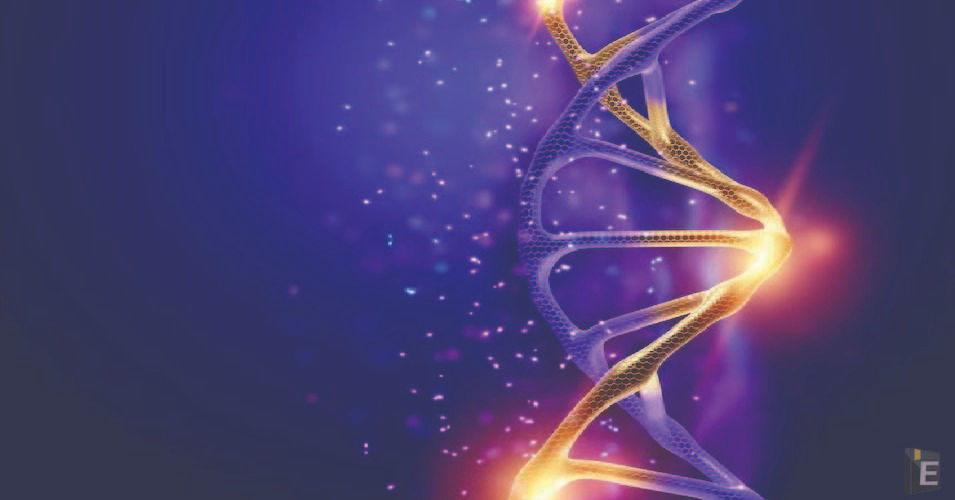


Which of the following diseases is caused by insulin deficiency or insulin resistance?
(A) Diabetes
(B) Flu
(C) Cough
(D) Beri Beri
Which of the following are also called the amphibians of the plant kingdom?
(A) Pteridophytes
(B) Thallophytes
(C) Angiosperms
(D) Bryophytes
In human beings, the small intestine is coiled and is about ______ metres long.
(A) 1 to 1.5
(B) 3 to 3.5
(C) 2 to 2.5
(D) 7 to 7.5
Which of the following enzymes is found in saliva of human body which breaks down starch into simple sugar?
(A) Amylase
(B) Trypsin
(C) Pepsin
(D) Renin
Which of the following does NOT belong to Arthropoda group of animal kingdom?
(A) Butterfly
(B) Cockroach
(C) Octopus
(D) Spider
The_______is at its largest in children, but with the onset of puberty, it eventually shrinks and gets replaced by fat.
(A) Parathyroid gland
(B) Thymus
(C) Hypothalamus
(D) Pituitary gland
1. It is at its greatest in children.
2. With puberty, it eventually shrinks and is replaced by fat.
3. It produces and secretes thymosin, an essential hormone for T cell development and production.
4. Thymus gland is a small organ located under the breast bone in the upper chest.
5. It produces white blood cells, called lymphocytes, which protect the body from infection.
"B" represents the gene for brown coat colour and “b” represents the gene for white coat colour. In the cross BB x bb all the offsprings have a brown coat. Which genetic principle is illustrated by this cross?
(A) Multiple alleles
(B) Dominance
(C) Co-dominance
(D) Crossing-over
Get the Examsbook Prep App Today